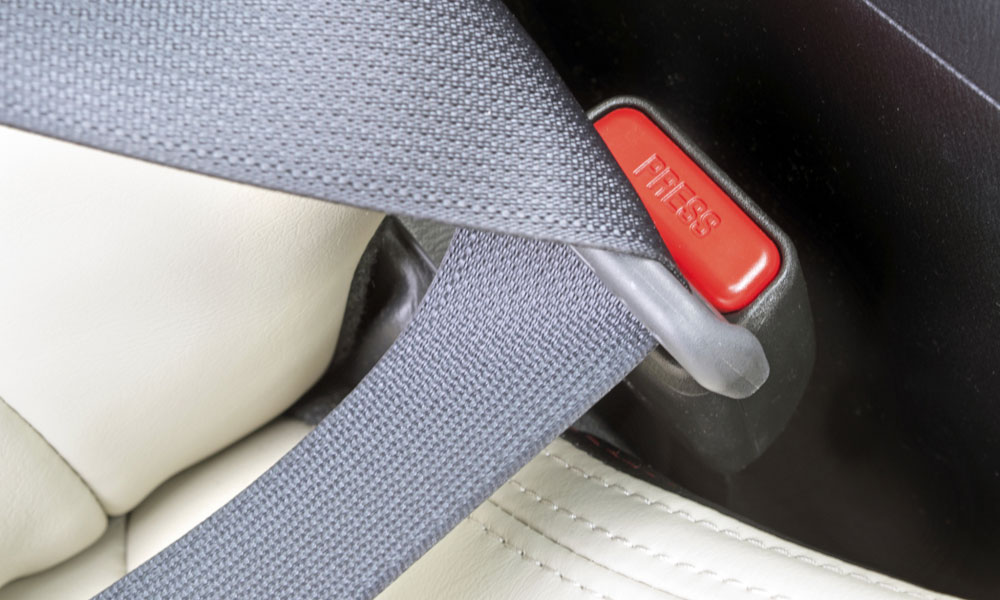
Insurance Institute: Newer Cars Are Getting Safer
According to new research from the Insurance Institute for Highway Safety, more vehicle models than ever have never been involved in a deadly crash. But older cars still present serious risks, especially to younger drivers.
It’s the flip side of a harrowing statistic.
While deadly car crashes are still too common—taking the lives of more than 30,000 people per year, on average, according to the National Highway Traffic Safety Administration (NHTSA)—vehicles keep getting safer, and a future free of auto fatalities is not just a pipe dream, according to the Insurance Institute for Highways Safety (IIHS). More details:
Better safety features: In recent years, automakers such as Ford, Toyota, and Volvo have improved their vehicles’ safety features, adding technology like seat belts with built-in air bags (in Ford’s case) and electronic stability control, which is required in new cars and helps prevent crashes caused by skidding. And vehicles are performing better on IIHS crash tests. For example, after the 2015 Honda Fit failed the institute’s small-overlap crash test, the company made improvements—specifically, to the car’s bumper. On its second attempt, the Fit passed easily.
Could deadly crashes become a thing of the past? The total number of fatal crashes per year has been declining steadily since 2005, according to NHTSA. Agency data from 1994 to 2012 shows that the number dropped below 30,000 for the first time in 2011, though it ticked back above 30,000 the next year. Speaking with CNBC, IIHS Senior Vice President for Communications Russ Rader noted that an institute study coming next month will reveal that a record number of models were not involved in any deadly accidents from 2009 to 2012. Does that mean we’re going to see an end to fatal car crashes? “It’s a tall order,” Rader said. “But the goal is definitely feasible. We’re already seeing this happen.”
But what about older cars? For many teens, getting that first set of wheels is a rite of passage, and one that often provides a first taste of freedom. But too often, IIHS says, older vehicles aren’t suitable for modern roads. In July, the group offered a series of guidelines about which used cars are safest for teens, as well as lists of the best used cars that cost less than $20,000 and good ones for under $10,000. Short version: Don’t buy anything that was made while the teens were in elementary school. Just two vehicles on the institute’s two lists of safest used cars are a decade old; no models on the lists were made before 2004, and the lowest buyers can go in terms of price is around $4,000. “Unfortunately, it’s very difficult to get a safe vehicle for a teenager at the prices most people are paying,” IIHS Senior Vice President for Research Anne McCartt said in a statement. “Our advice to parents would be to remember the risks teens take and consider paying a little more.”
(iStock/Thinkstock)






Comments